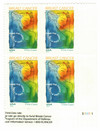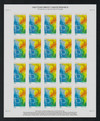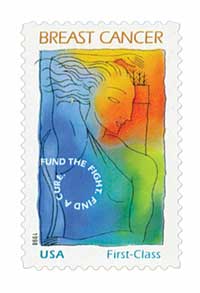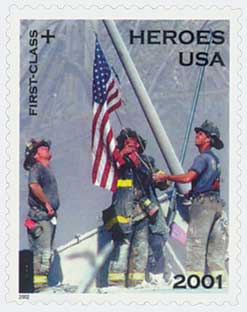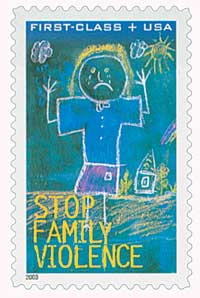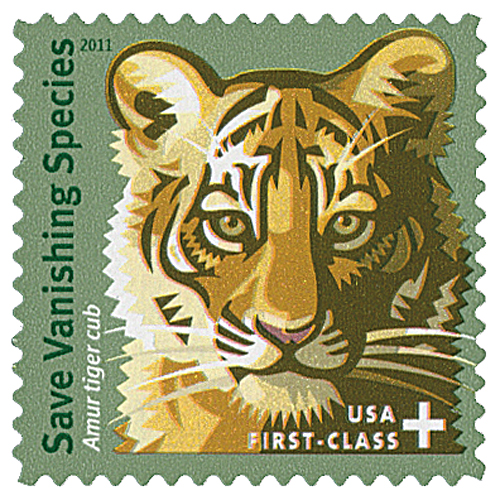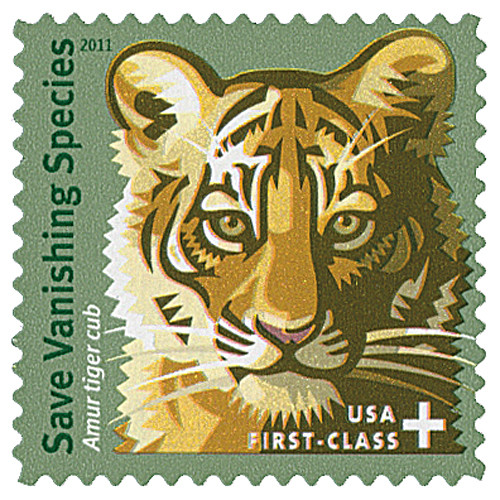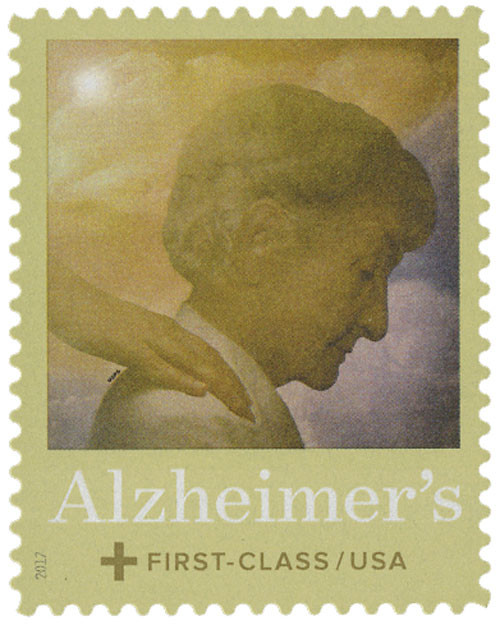
# B5 - 2014 49c & 11c Semipostal - Breast Cancer Research
U.S. #B5
2014 49¢ & 11¢ Breast Cancer Research
A woman is diagnosed with breast cancer every two minutes in the United States. Research indicates that twelve percent of American women will develop invasive breast cancer. But there are nearly three million survivors of the disease in the United States alone.
Research into the biology of breast cancer is vital to prevent and treat the disease. Several organizations are committed to funding such research. Since 1993, the Breast Cancer Research Foundation has invested over half a billion dollars, funding more than seven million hours of research. Susan G. Komen has raised over $2.5 billion since 1982. And the Breast Cancer Research semi-postal stamp raised over $73 million between 1998 and 2014. The federal government first authorized the stamp in 1998 with an 8-cent surcharge. Proceeds from the surcharge, now at 11 cents, are donated to research efforts.
Each group strives to fight breast cancer from the start, slow its progress, and ultimately stop it completely. The five-year survival rate as of 2014 is 99 percent, compared to 74 percent in 1980. With these organizations working toward a common goal, there is hope for the eventual eradication of this terrible disease that affects so many.
First U.S. Semi-Postal
Semi-postal stamps are issued to serve a double purpose. Priced higher than regular postage, they pay the current postal rate, but they also contribute a portion of their cost to a charitable cause.
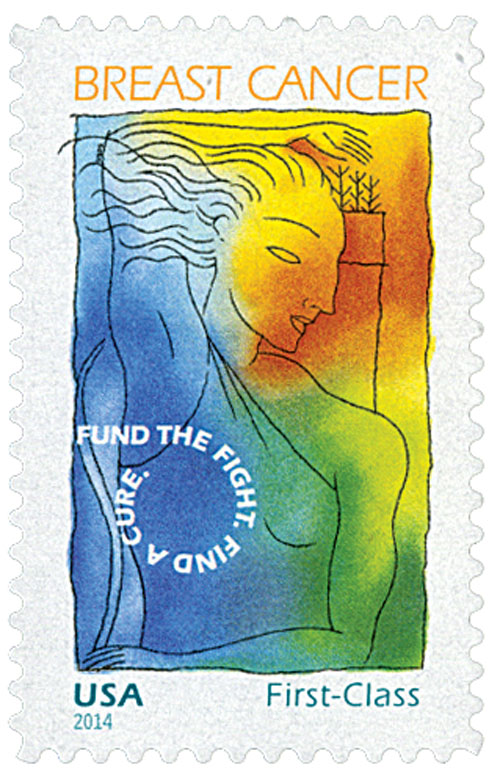
The world’s first semi-postals were issued in 1897 by New South Wales, a British colony that is now part of Australia. A surcharge over the regular postal rate was added to stamps commemorating Queen Victoria’s diamond jubilee. The revenue generated by this additional fee was used to build the Queen Victoria Home for Consumptives, for victims of tuberculosis. Those first semi-postals carried a surcharge equal to twelve times the normal postal value!
On August 13, 1997, President Bill Clinton signed the Stamp Out Breast Cancer Act, which directed the Postal Service to create a special first class postage stamp. This issue could be priced at 25 percent above regular first class rates. As the first U.S. semi-postal stamp, the Breast Cancer Research issue cost 40 cents while carrying a postage value of 32 cents. Of the extra eight cents, 70 percent went to the National Institute of Health, and 30 percent funded medical research by the Department of Defense.
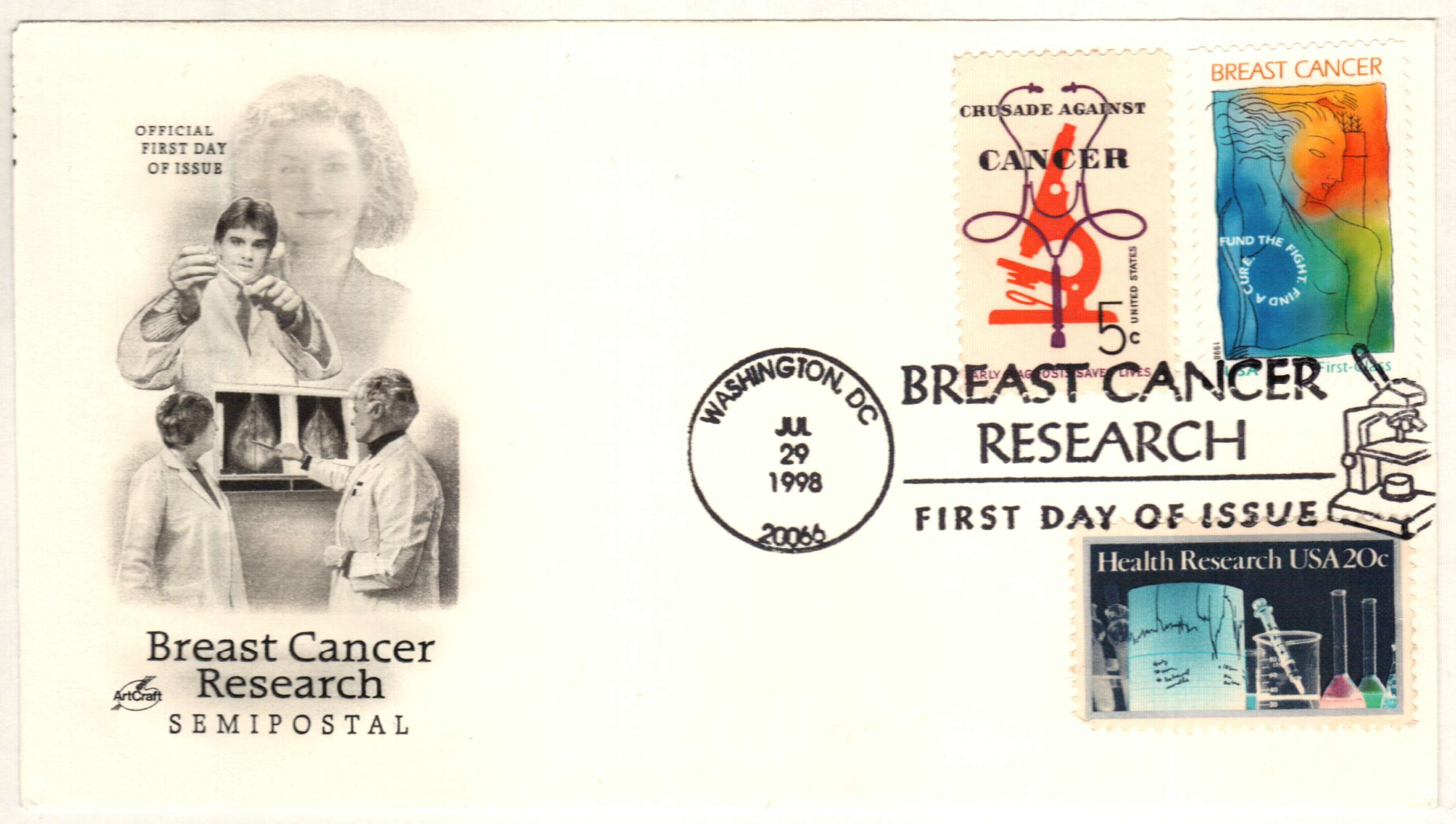
Between its original issue date in 1998 and June 2014, the Breast Cancer Research stamp raised over $78.9 million. The stamp was reissued in 2014 with a postage value of 49¢ and a surcharge of 11¢. As of this year, both stamps have raised over $84.4 million for breast cancer research.
Click the images below to read about other U.S. semi-postals and to add them to your collection.
U.S. #B5
2014 49¢ & 11¢ Breast Cancer Research
A woman is diagnosed with breast cancer every two minutes in the United States. Research indicates that twelve percent of American women will develop invasive breast cancer. But there are nearly three million survivors of the disease in the United States alone.
Research into the biology of breast cancer is vital to prevent and treat the disease. Several organizations are committed to funding such research. Since 1993, the Breast Cancer Research Foundation has invested over half a billion dollars, funding more than seven million hours of research. Susan G. Komen has raised over $2.5 billion since 1982. And the Breast Cancer Research semi-postal stamp raised over $73 million between 1998 and 2014. The federal government first authorized the stamp in 1998 with an 8-cent surcharge. Proceeds from the surcharge, now at 11 cents, are donated to research efforts.
Each group strives to fight breast cancer from the start, slow its progress, and ultimately stop it completely. The five-year survival rate as of 2014 is 99 percent, compared to 74 percent in 1980. With these organizations working toward a common goal, there is hope for the eventual eradication of this terrible disease that affects so many.
First U.S. Semi-Postal
Semi-postal stamps are issued to serve a double purpose. Priced higher than regular postage, they pay the current postal rate, but they also contribute a portion of their cost to a charitable cause.

The world’s first semi-postals were issued in 1897 by New South Wales, a British colony that is now part of Australia. A surcharge over the regular postal rate was added to stamps commemorating Queen Victoria’s diamond jubilee. The revenue generated by this additional fee was used to build the Queen Victoria Home for Consumptives, for victims of tuberculosis. Those first semi-postals carried a surcharge equal to twelve times the normal postal value!
On August 13, 1997, President Bill Clinton signed the Stamp Out Breast Cancer Act, which directed the Postal Service to create a special first class postage stamp. This issue could be priced at 25 percent above regular first class rates. As the first U.S. semi-postal stamp, the Breast Cancer Research issue cost 40 cents while carrying a postage value of 32 cents. Of the extra eight cents, 70 percent went to the National Institute of Health, and 30 percent funded medical research by the Department of Defense.

Between its original issue date in 1998 and June 2014, the Breast Cancer Research stamp raised over $78.9 million. The stamp was reissued in 2014 with a postage value of 49¢ and a surcharge of 11¢. As of this year, both stamps have raised over $84.4 million for breast cancer research.
Click the images below to read about other U.S. semi-postals and to add them to your collection.






